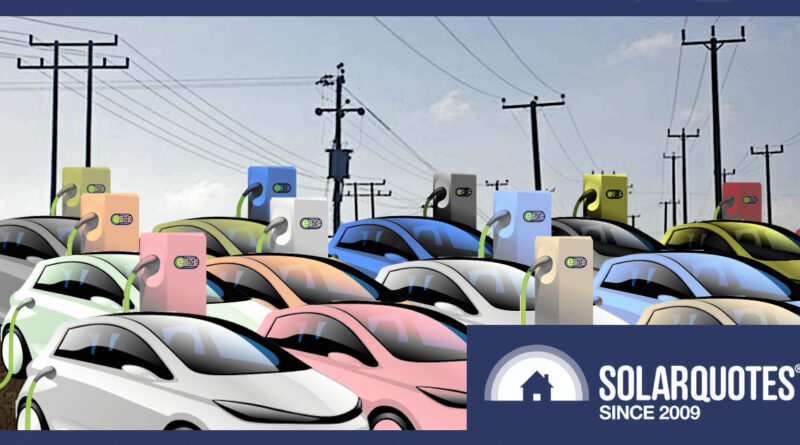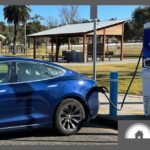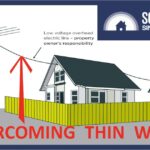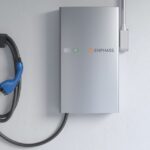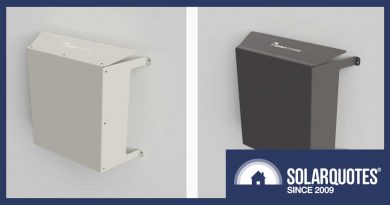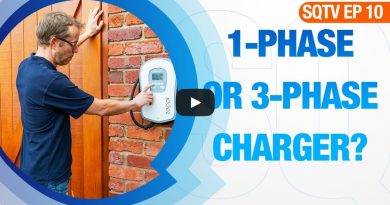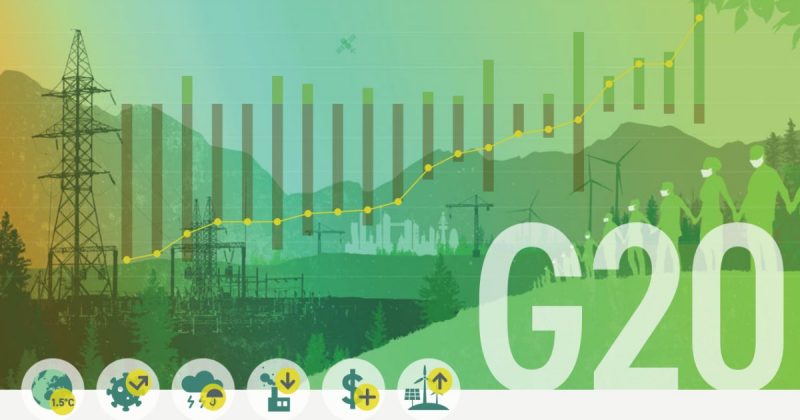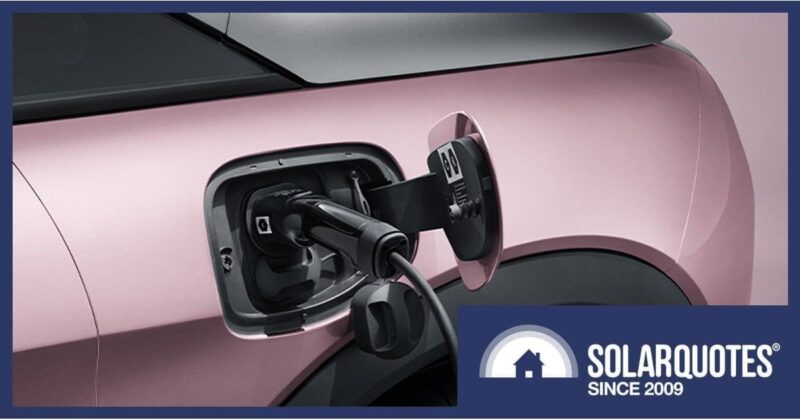Why Network Capacity Will Make or Break Your EV Charger Plans
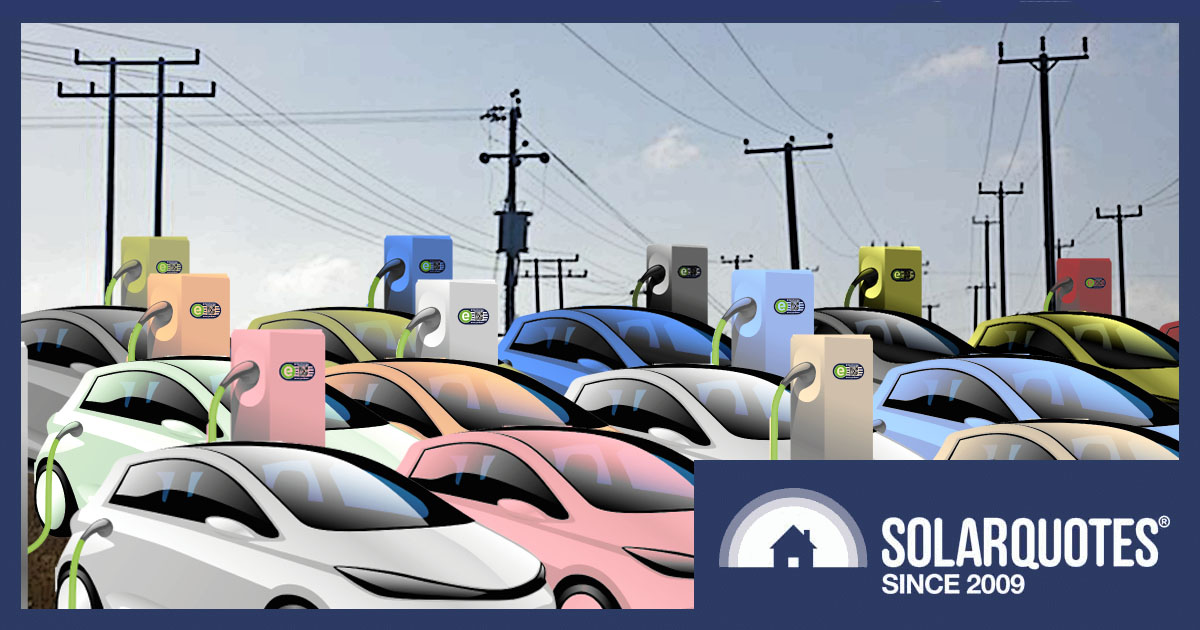
With the electric vehicle revolution kicking into gear, it’s time to talk about why getting your energy infrastructure sorted sooner rather than later is a smart move.
In this article, we’ll demystify electrical network capacity and maximum demand, and shed light on the roadblocks that might impact your ability to install your favourite home EV charger in the future.
We’ll also show you how solar panels, batteries, and smart EV chargers can help overcome these limitations and improve your overall energy management strategy.
Why You Should Know About This
If you don’t plan on moving for the next few years, there’s a strong chance that a brand-spanking new electric vehicle will call your garage home at some point. But when the time comes, you might not be able to simply call up the local sparky and install your EV charger of choice.
Limits To Network Capacity
The capacity to operate various electrical loads on your property is constrained by the size of your switchboard and consumer mains. Additionally, upstream in the electrical distribution network, there are further limitations, such as the capacity of local transformers1, distribution feeders, substations, and ultimately, the overall mix of generators supplying electricity.
So, what’s that got to do with you? Plenty! The grid is a work in progress and is constantly being maintained and upgraded. At any given time, each local street transformer will collectively supply the connected houses with a limited amount of power.
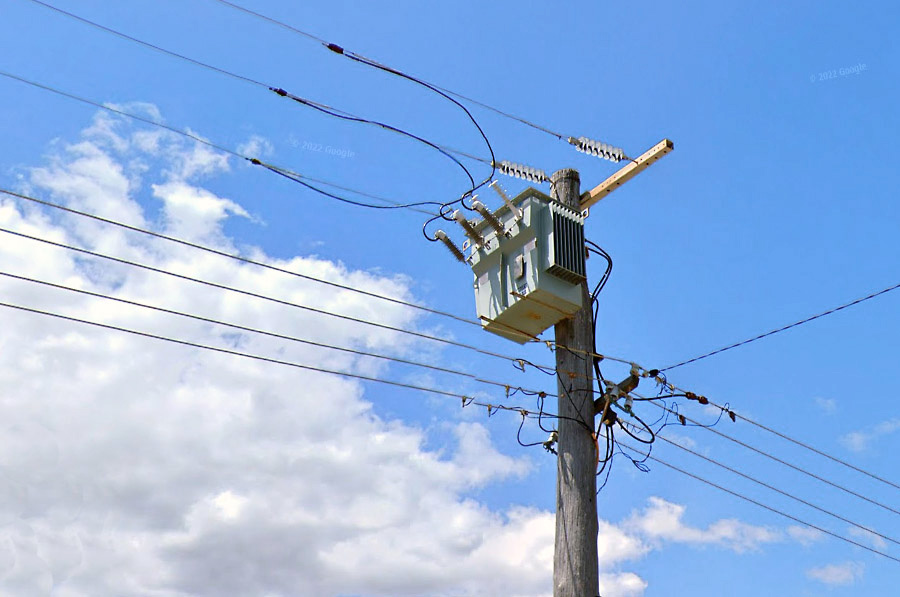
This is the distribution transformer in my street, which supplies power to my house and about 50 others nearby. I hope it will have enough juice to fill up my EV when I’m rich enough to afford one, along with all my neighbours.
Electric vehicles are power-hungry and are rapidly multiplying in numbers. Although each state has its own rules governing the installation of home EV chargers, it’s pretty much on a first-come, first-served basis. This ad hoc approach isn’t sustainable and will likely have to be managed more closely in the future. That means tighter regulation.
Let’s Talk About Maximum Power Demand
Although you can’t swap out the low-voltage transformer on your street for a bigger one, you can do things on your own property to potentially increase electrical capacity or at least manage what you have more effectively.
Maximum demand is a term that represents the peak load or the maximum amount of power that needs to be supplied to meet a consumer’s electricity demands at any given moment. It is measured in kW (kilowatts), not kWh (kilowatt-hours). *Bashes head against the wall repeatedly*.
In Australia, an electrician is required to consider the whole installation’s maximum demand when installing any new electrical equipment into your house. It says so in the book they swear allegiance to – AS/NZS 3000:2018, the Wiring Rules.
There are many ways of doing this, and each has its benefits. Here are two of the most common methods used for a domestic installation:
Calculation Of Maximum Demand
In this method, the maximum demand is estimated by summing all the individual loads in an installation. Some loads have a diversity factor applied accounting for different usage patterns. The electrician will do calculations based on tables in the rule book.
There may be a scenario where the electrician says – due to maximum demand limitations, an upgraded switchboard and larger consumer mains cable must be installed to meet the extra demand of a home EV charger. This might entail changing a single-phase supply to three-phase.
Although it sounds like an expensive option, the plus side means you would have increased electrical capacity and be more likely to use your charger and other energy-intensive appliances at your preferred time of day (subject to network rules).
Limitation Of Maximum Demand
For this method of defining maximum demand, a circuit breaker may be used in place of or in conjunction with the main switch to limit the current draw for the whole installation. Job done!
This is a much cheaper option because it only involves the installation of the main switch/circuit breaker. The downside is that it puts the onus on the customer to manage any loads that may cause the new circuit breaker to trip in an overload event. As far as capacity is concerned, you’re in the same boat as before the EV charger was installed, only now you’ll have to watch your usage patterns very carefully.
As in the calculation method above, there may be instances where an electrician will decide that the limitation method isn’t suitable for defining maximum demand when installing equipment. There may not be enough headroom due to other high current loads, or the switchboard may be too crowded or old. It may be time for a switchboard and/or mains cable upgrade.
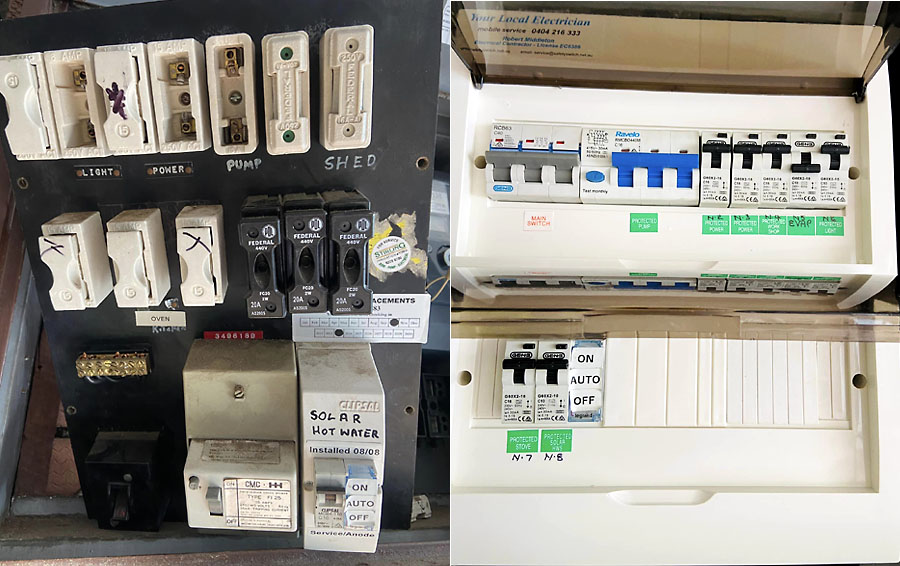
Out with the old (left) and in with the new (right) three-phase switchboard with plenty of room for solar and EV charger. Image: Safety Switch Electrical Fremantle
Overcoming Capacity Limits
On the surface, capacity limits might look bad, making life more uncomfortable than it needs to be. I disagree. A bit of tough love makes us think a little deeper about what energy actually is, and the way we use it. The Electricity Grid 2.0 is a smart grid, and if you’re smart too, you can use it to overcome most capacity constraints.
Real-time Consumption Monitoring
A real-time consumption monitor can be your best friend for managing maximum demand. You can easily stay under the threshold that may trip your main switch/circuit breaker by keeping an eye on your power consumption as you use it. It will soon become apparent which appliances are the power-hungry ones, and you can adjust your usage patterns to suit.
It helps if you know the current ratings of all your electrical equipment. You’ll find them either stamped on the appliance’s nameplate or the data sheet that came with it. This is usually searchable on the internet. Simply type in the brand/model followed by ‘datasheet’ of ‘specifications’. Look for power or current ratings, then do your sums.
Rooftop Solar Panels
Fortunately, most rooftop solar power system owners are well-versed in solar energy self-consumption. They have been beaten into submission by the slow erosion of feed-in tariffs over the last decade, and now, for financial reasons, it makes sense to use solar power in real-time when it’s available.
This has a knock-on effect of reducing maximum demand on your incoming grid supply. For example, your EV charger operating near full load might draw most of its demand from solar and the rest from the grid, thus helping to stay within your main switch limits. It’s a win-win situation. But what happens to maximum demand when the clouds roll over? Enter the smart devices.
Smart EV Chargers
Many home EV chargers have automatic features that allow you to take the guesswork out, enabling you to stay comfortably within your maximum demand limits. These are many and varied and will require EV charger research on your part to get the right solution. Features such as dynamic load balancing, power sharing, and scheduled charging are worth looking out for.
Some chargers have a ‘solar only’ mode, which tracks and uses the surplus solar electricity that might otherwise be exported to the grid. If not enough solar energy is available, the charging is paused or throttled. These are usually pre-configured with thresholds to avoid unnecessary intermittent stop/starting that would damage/wear out contacts and hardware components.
Power Management Systems
Various home energy management systems, including DIY home automation, can intelligently prioritize and manage power allocation within your property. The sky is the limit with these devices, and it is a big rabbit hole if you choose to go down it!
Among an almost endless list of automatic systems designed to save you time, which, in order to implement, actually chew up much more time than they were designed to save, is a useful one called ‘load shedding’. These systems can automatically reduce non-essential loads when your EV charger is used to ensure you stay within your property’s maximum demand threshold.
Home Batteries
There are many reasons for installing a home battery, and one that is often overlooked is the ability to act as a buffer, allowing you to draw from it during peak demand periods, and avoiding overloading your electrical system. This can arguably be factored into a financial case for installing a battery versus another expensive option – upgrading your switchboard/mains capacity.
Your battery may have an app configurable mode such as ‘grid support mode’ that prioritizes the battery to support the grid during high demand, adding more capacity. In addition, it could be integrated with a home power management system to optimise energy usage and stay within capacity limits.
In Finn’s recent video, two Tesla Powerwalls were configured to never overload the 63A main breaker by monitoring the incoming power and throttling the 10 kW of battery charging in real-time.
Charge Ahead Of The Regulatory Curve
Electric vehicles are hungry beasts, and they are breeding like rabbits. The limits of our electricity infrastructure are becoming apparent, both on our collective properties and within the broader distribution network. Utilities are taking steps to address these limitations, but there are also several ways to proactively increase or manage your own capacity. I’d say it would be a safe bet to stay ahead of the regulatory curve and get your infrastructure sorted now.
Footnotes
- Some of the electricity utilities have network capacity mapping tools online, which show the location of transmission lines, distribution lines, and capacity of various assets. These maps are of limited use to the average Joe but are worth a look to see if your area might be constrained. Western Power and Essential Energy are two that I could find. ↩
Original Source: https://www.solarquotes.com.au/blog/ev-chargers-network-capacity/

